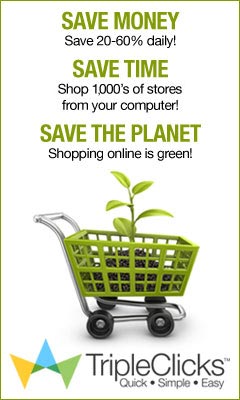
Here are some tested and proven content marketing strategies helpful for conversion rate optimization.
Leverage Social Media
Presently, social media because of its huge popularity appears to be one of the greatest tools for boosting business conversions available to business owners. You can leverage your marketing activities on this popularity to get good results. First thing is to get your business on social media and build a steady following for it. Next is to share your marketing messages and even promos widely on the platforms. That will help your business to better elicit engagement and interactions with its social media audience. With an engaged social media following, leads, conversions, customers and sales follow in logical sequence from your efforts.
Improve Your Website Content
The most effective marketing window for your business online is your website. By steadily populating your website with high quality content, you increase its ability to attract traffic. You must therefore endeavor to fill your website with the right content that is well aligned with your business niche. This you can do with effective and creative blogging on the site to address your website visitors’ needs for useful information. Blog posts that provide real value to readers are the most helpful as against those that overtly promote products/services which may be boring in the main.

Market with Captivating Videos
Having a captivating explainer or how-to video on the homepage of your website can be very effective to engage and convert customers. You can explore a range of different tactics to ensure that your video content greatly helps your conversions. If for instance, as with explainer videos you are able to provide value to show customers how your products help them to solve problems, it can be great for your conversions. Videos showing customers how to use your products can help to ensure buyer satisfaction. Customer satisfaction helps to increase recommendations and improves reviews in no small measure.
Personalize Your Content
As most online marketers very well know, personalized content is always a very effective content to market with. Therefore, you need to explore all ways to make things personal for your business customers. In this quest, you need reliable data and metrics which you can obtain through Google Analytics and Email marketing automation tools. You can effectively use this data to optimize your content to meet the needs of individual consumers. Doing so can result in higher sales figures for your business.
Improve Your Website Loading Speed
Online surfers are always in notorious haste. The reason smart marketers like to capture their attention as quickly as possible. To do this effectively, aside from improving on the content of your website, you also need to improve the loading speed of the website. Ideally, you should ensure every page on your website loads in just 2-3 seconds since many visitors have little patience with slow loading websites. A fast loading website helps to decrease the bounce rate on the site, while slow loading increases it. A decrease in bounce rate keeps visitors longer on the site and helps conversions better.
Use Strong Calls-To-Action, CTAs
It is not good marketing to leave it to chance that your website visitors know how to convert. Visitors must be “lured” to do something for them to do what is expected when they hit your business website. That is where the right call-to-action, CTA becomes imperative in effective marketing. With the right CTA, marketers can effectively lead buyers where they want them to go and to take the right actions they want them to take. Some of such actions include helping to commit your website visitors to a purchase by showing them exactly what they need to do. When your CTAs are strong and effective, they engender more conversions and sales.








